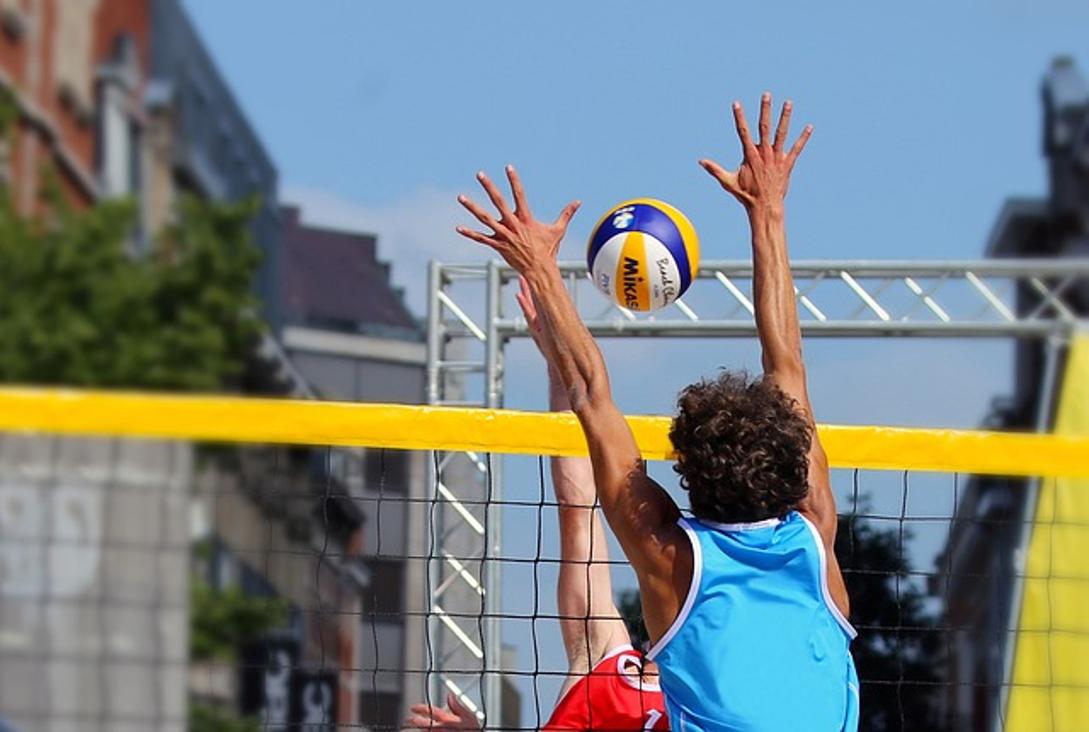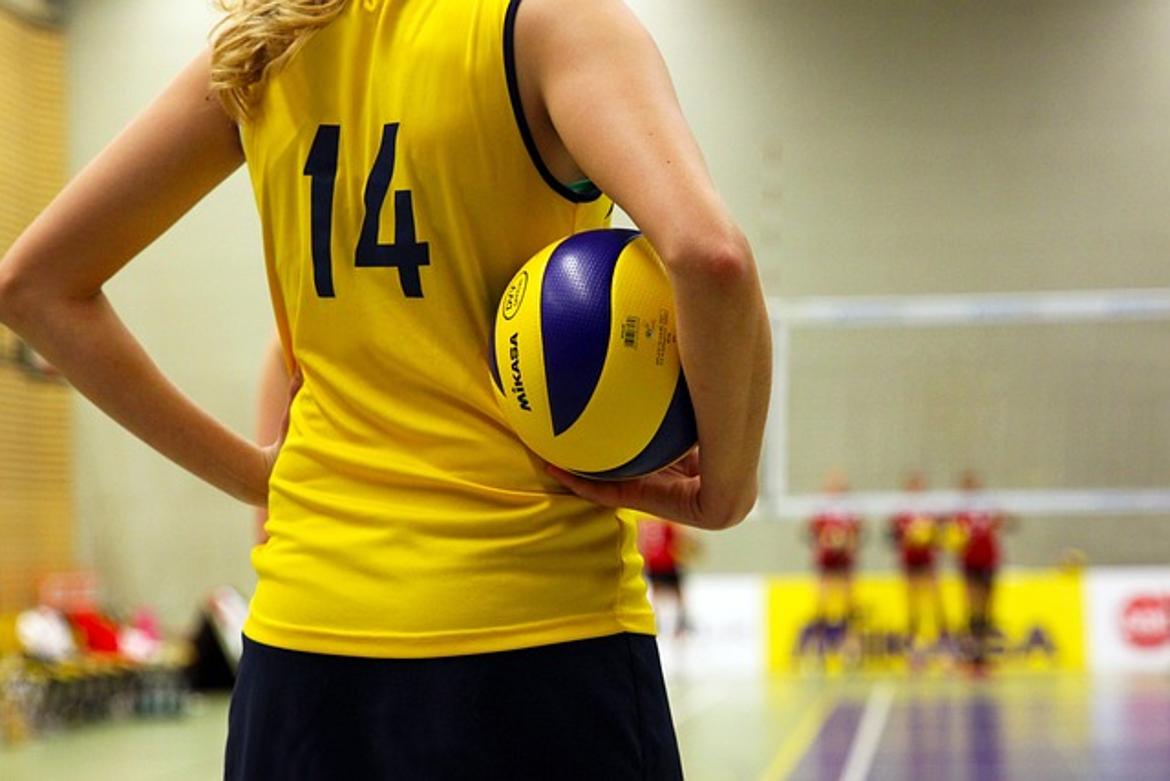Introduction
Serving in volleyball is a critical skill that can significantly affect the outcome of a game. Whether you’re playing in a casual setting or on a competitive team, mastering how to serve a volleyball effectively is essential. This guide will take you through understanding different types of serves, the basic steps to perform them, drills to improve your serving skills, common mistakes to avoid, and frequently asked questions to make you a confident server on the court.

Understanding Volleyball Serves
In volleyball, the serve is the initial play that starts each rally. It is a unique opportunity where the server has complete control over the ball, making it a vital aspect of the game. Serving can set the tone for the rally and can be used strategically to disrupt the opposition.
There are various techniques to serve a volleyball, each with its advantages and challenges. Understanding these serves enables players to diversify their skills, keeping opponents guessing and increasing the team’s chances of scoring. Let’s delve into the different types of volleyball serves.

Types of Volleyball Serves
Underhand Serve
The underhand serve is considered the most basic form of serving and is often the first one taught to beginners. To execute this serve, the player swings their hand in an upward and forward motion to strike the ball while the opposite hand tosses or holds it stationary.
Overhand Serve
The overhand serve is more advanced and powerful than the underhand serve. Players toss the ball in the air and strike it with an open hand while driving the ball over the net. This serve can be more difficult due to coordination and timing but offers more speed and control.
Jump Serve
The jump serve combines the elements of a spike with a serve, making it one of the most difficult yet powerful serves in volleyball. The player tosses the ball high, jumps, and strikes it from above. This serve requires a great deal of practice due to its complexity and timing.
Float Serve
The float serve is designed to make the ball travel without spin, causing it to move unpredictably. This serve is effective for keeping opponents off balance as it’s hard to predict the ball’s flight path. Proper technique involves minimal wrist movement to maintain a consistent serve.

Basic Steps to Perform a Successful Serve
Mastering the basics is crucial to performing consistent and effective serves. Here are the fundamental steps to keep in mind:
Positioning
- Stand behind the end line of the volleyball court, ensuring you do not step over it when serving.
- Face the net with a shoulder-width stance for balance.
Foot Placement
- For right-handed servers, position your left foot slightly forward. Left-handers should place the right foot forward.
- Shift your weight to the back foot to prepare for the serve.
Ball Grip and Hand Position
- Hold the ball in your non-dominant hand and at waist height for underhand serves, or shoulder height for overhand serves.
- For overhand serves, use an open hand with fingers spread wide.
Swing Mechanics
- For an underhand serve, swing your dominant hand in an upward arc, ensuring you strike the bottom of the ball.
- For an overhand serve, toss the ball in front of you, then use a quick, fluid motion to hit the center of the ball.
- Ensure follow-through by extending your arm fully forward after contact.
Drills to Improve Your Serve
Practice and repetition are key components of improving your volleyball serve. Engage in the following drills to enhance your skills:
Accuracy Drills
- Place targets on specific spots on the opponent’s side of the court.
- Aim your serves to hit these targets consistently.
Power Drills
- Practice hitting the ball harder by starting with a larger backswing.
- Gradually increase your power while maintaining control.
Partner Drills
- Pair up with another player to practice serves and receive feedback on form and consistency.
- Rotate positions to get used to serving from different angles.
Solo Practice Tips
- Use a wall to practice your serve and ensure you maintain proper technique.
- Consistently time your toss and hit, aiming for a single point on the wall.
Common Mistakes and How to Avoid Them
Avoiding common serving mistakes can greatly improve your game. Here’s what to watch out for:
Foot Faults
- Ensure you do not step over the serving line.
- Practice stopping your forward momentum before crossing the line.
Poor Ball Toss
- Make sure your ball toss is consistent and in front of you.
- Refrain from tossing the ball too high or too low.
Incorrect Follow-Through
- Follow through with your serving hand after hitting the ball.
- A proper follow-through helps maintain control and direction.
Conclusion
Learning how to serve a volleyball effectively is fundamental for any player’s development. By understanding different serving techniques, practicing basic steps, and regularly engaging in drills, you can significantly improve your serve. Avoiding common mistakes and staying consistent with practice routines will see you making great strides in your volleyball journey.
Frequently Asked Questions
What is the easiest serve to learn for beginners?
The underhand serve is typically the easiest for beginners due to its simple technique and easy learning curve.
How do I increase my serving power?
Increase serving power by strengthening your upper body, practicing with a larger backswing, and maintaining consistent form and follow-through.
Can I serve overhand as a beginner?
Yes, beginners can learn the overhand serve with patience and practice. Start with a consistent toss and gradually develop the strength and timing required.
